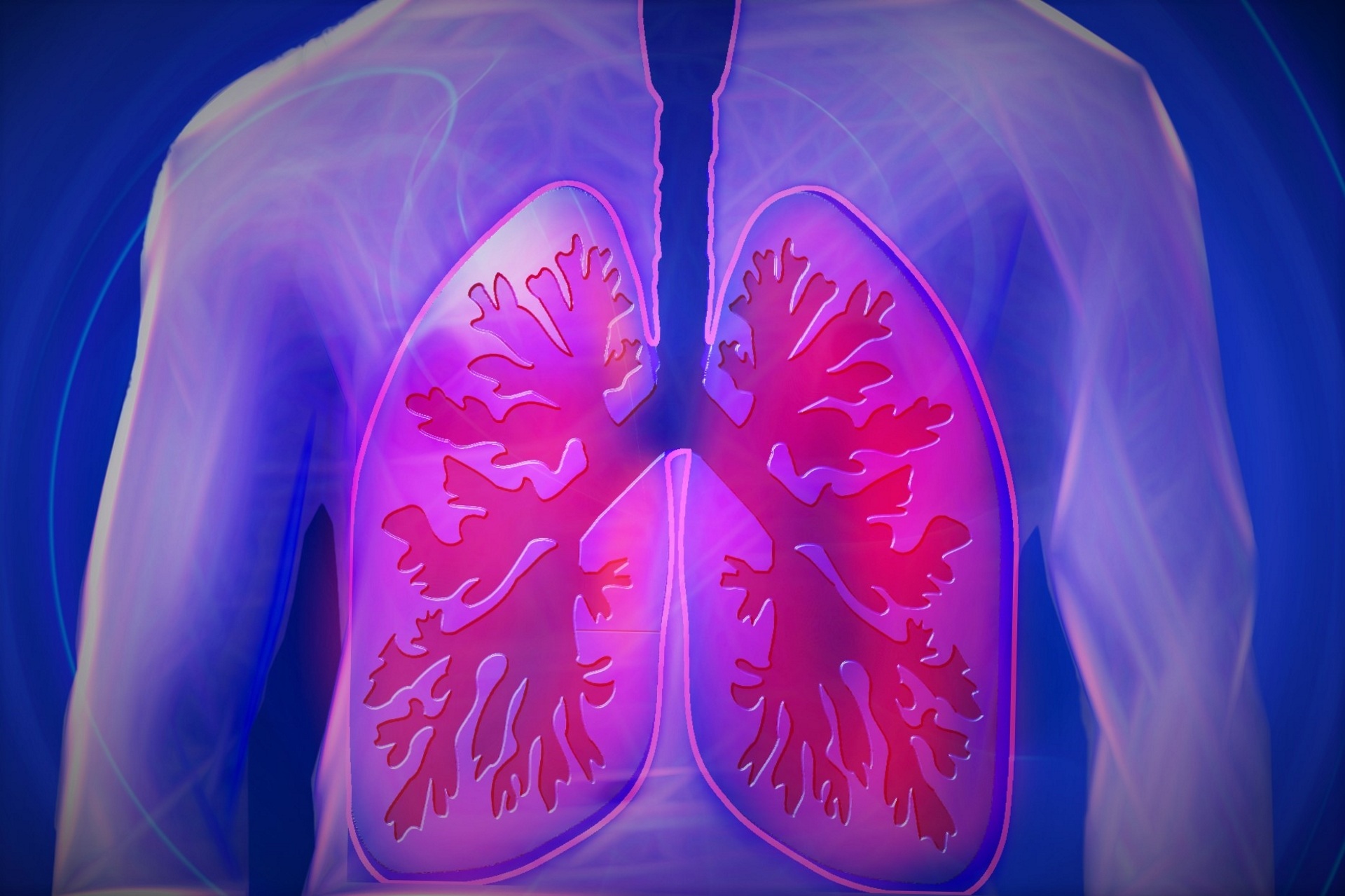Living With COPD (Chronic Obstructive Pulmonary Disease)
|
Reading time: 6 minutes
|

A diagnosis of any chronic condition is a life-changing event. People suffering from long-term conditions often have significant limitations on their daily activities and have to attend hospital and clinic appointments frequently.
COPD is a condition that affects huge amounts of people around the world. Over 15.7 million Americans have been diagnosed with COPD, and it was the third leading cause of death in the United States in 2014.
So what is it like living with COPD? Find out what you can expect if you or a loved one have recently received a diagnosis of this common condition.
What Is COPD?
Chronic obstructive pulmonary disease, or COPD, is a blanket term for a group of conditions that cause breathing problems and airflow blockage. The most common of these are emphysema and chronic bronchitis. It’s a progressive lung disease and there is no cure at present.
What Causes COPD?
Tobacco smoke is a major factor in the development of COPD. Exposure to air pollution including chemical irritants is also a leading risk factor. COPD often takes a long time to develop.
It’s thought that there might be a genetic element in the development of the disease. Research is ongoing in this area.
While a diagnosis of COPD can seem overwhelming, there are many treatments available to improve symptoms, reduce complications, and improve quality of life. Read on to find out about these treatments and how to live a full life following a COPD diagnosis.
Living With COPD
The main symptom of COPD is breathing difficulties. This can be accompanied by intermittent coughing. While the symptoms may start out mildly, more significant shortness of breath will develop in all cases.
Early COPD symptoms include:
- Shortness of breath, particularly following exercise
- A mild cough, which is recurrent
- A feeling of needing to clear your throat often, especially soon after waking
- Wheezing and a feeling of tightness in the chest
- Low energy
- Frequent colds, flu, and other respiratory infections
Symptoms of the later-stage disease include weight loss, swelling of extremities including feet and ankles, and fatigue. You can make various lifestyle changes to slow the progression of the disease and stay healthy for longer.
Lifestyle Changes to Improve Symptoms
There are a few changes people suffering from COPD can make to protect their lungs from further damage and stay healthy for longer. These include:
Quitting Smoking
This is the most important change to make for someone living with COPD. Smoke causes irritation to the lungs and makes breathing more difficult. If you need support to quit, there is help available from your doctor and many resources online.
Avoiding second-hand smoke as much as possible is also an important step to take. Asking people around you not to smoke will reduce your exposure to further lung damage.
Eating Healthily
COPD sufferers use 10 times the calories of other people, just to breathe. Therefore proper nutrition is a critical aspect of lifestyle management for COPD sufferers. Getting the right calorific intake is crucial to maintain energy and prevent infections.
Your doctor may recommend that you work with a dietician or nutritionist to formulate a diet plan. This will help you to stay healthy and active for longer.
Avoiding Air Pollution
It’s important to stay away from chemical fumes. You should consider avoiding scented products and harsh cleaning agents. Natural products are less toxic and will not cause further lung damage.
You should also be mindful of the risks of air pollution. On days when there is particularly poor air quality in your local area, it’s advisable to stay inside.
Getting Your Fly Shot
People with COPD can suffer serious complications from respiratory infections such as influenza. For this reason, it’s really important to have the seasonal flu vaccination every year, to protect you from the worst risks.
Exercising
It might seem counter-intuitive to exercise when daily tasks such as walking upstairs and getting dressed are becoming increasingly difficult. But a specific exercise problem, agreed with your doctor, can have major benefits for people with COPD.
Exercise can improve your breathing and help to manage other symptoms. It can also improve how efficiently your body uses oxygen and strengthen your heart. Other benefits include lowering blood pressure, improving circulation and energy levels.
Pulmonary Rehabilitation
Your doctor may recommend that you join a pulmonary rehabilitation group. These programs involve physical and breathing exercises, nutrition lifestyle advice, and education about the disease.
Research shows that COPD patients who attend pulmonary rehabilitation sessions on a regular basis experience reduced breathlessness, improved symptoms, and ability to exercise and report better quality of life.
Treatment for COPD
Various treatment options are available for patients at all disease stages. Your healthcare team will discuss with you which options are most suitable and likely to have the most benefits in terms of preventing complications, easing symptoms, and slowing disease progression.
Medication
There are various kinds of COPD medications available and it’s important to follow your doctor’s advice as to which medications to take, how often, and what the potential side effects might be.
A common drug that is often prescribed for COPD is Advair Disckus, which is also used to treat patients with asthma. It is delivered via an inhalation device and works by relaxing the muscles in the airways to improve breathing.
This can be particularly helpful if your mobility is reduced and it’s hard to get out of the house some days to pick up your medication.
Oxygen Therapy
Many patients receive supplemental oxygen once their blood oxygen levels become too low. This is delivered through a mask or nasal cannula and helps to reduce shortness of breath. It’s possible to have a portable unit so you can still get out and about.
Surgery
Surgery is sometimes considered for patients with severe emphysema, for whom other treatment modalities have failed. Lung transplantation may be considered in extreme cases.
Other options include lung volume reduction surgery, to remove damaged tissue from the upper lungs, or a procedure called a bullectomy. This is where doctors remove abnormal air spaces from the lungs, to improve lung capacity.
How to Live Better With COPD
Living with COPD can be very challenging. But there are many actions and lifestyle changes you can take to help you to live better and improve your quality of life.
By quitting smoking, improving your diet, managing your environment carefully, and exercising safely, you can make life with COPD much easier. Also, you should ensure that your medication regime is optimized. If you are running low on any of the medications your doctor has recommended for you, you can place an order now.
Information provided on this website is for general purposes only. It is not intended to take the place of advice from your practitioner







